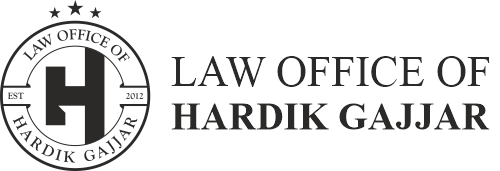An invention may satisfy the condition of novelty, inventiveness and usefulness but it may not qualify for a patent under the following situations:
1) an invention which is frivolous or which claims anything obviously contrary to well established natural laws;
2) an invention the primary or intended use or commercial exploitation of which could be contrary to public order or morality or which causes serious prejudice to human , animal or plant life or health or to the environment;
3) the mere discovery of scientific principle or the formulation of an abstract theory or discovery of any living thing or non-living substance occurring in nature;
4) the mere discovery of a new form of a known substance which does not result in enhancement of the known efficacy of that substance or the mere discovery of any new property or new use for a known substance or of the mere use of a known process, machine or apparatus unless such known process results in a new product or employs at least one new reactant; Explanation: For the purposes of this clause, salts, esters, ethers, polymorphs, metabolites, pure form, particle size, isomers, mixtures of isomers, complexes, combinations and other derivatives of known substance shall be considered to be the same substance, unless they differ significantly in properties with regards to efficacy;
5) a substance obtained by mere admixture resulting only in the aggregation of the properties of the components thereof or a process for producing such substance;
6) the mere arrangement or re-arrangement or duplication of known devices each functioning independently of one another in a known way;
7) a method of agriculture or horticulture;
8) any process for medicinal, surgical, curative, prophylactic (diagnostic, therapeutic) or other treatment of human beings or any process for a similar treatment of animals to render them free of disease or to increase their economic value or that of their products;
9) plants and animals in whole or any part thereof other than microorganisms but including seeds, varieties and species and essentially biological processes for production or propagation of plants and animals;
10) a mathematical or business method or a computer program per se or algorithms;
11) a literary, dramatic, musical or artistic work or any other aesthetic creation whatsoever including cinematographic works and television productions;
12) a mere scheme or rule or method of performing mental act or method of playing game;
13) a presentation of information;
14) topography of integrated circuits;
15) an invention which, in effect, is traditional knowledge or which is an aggregation or duplication of known properties of traditionally known component or components;
16) inventions relating to atomic energy.

